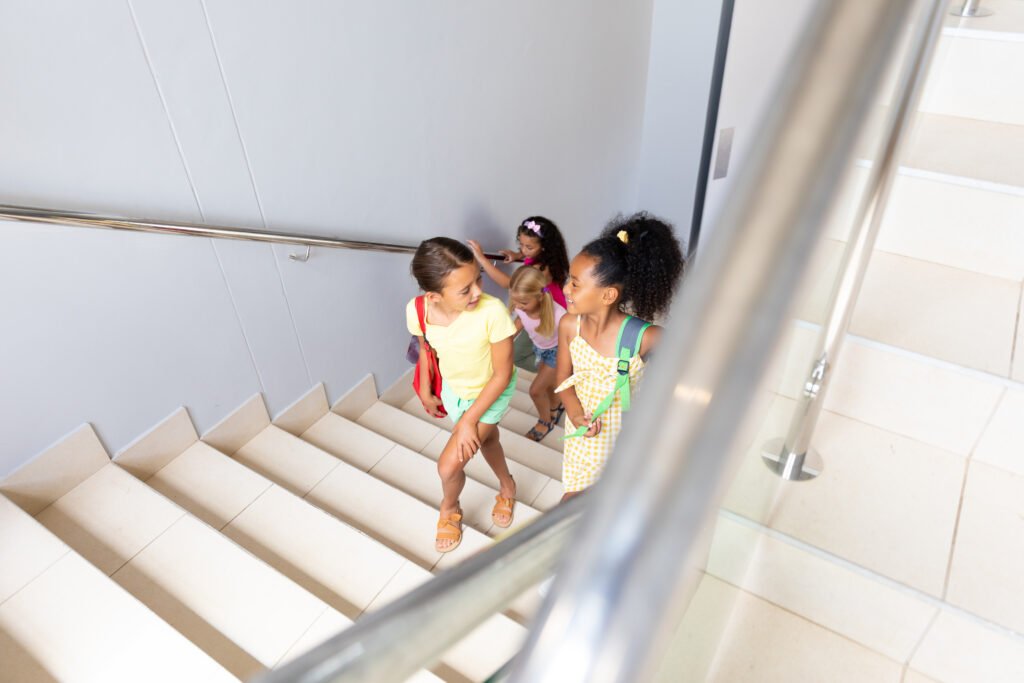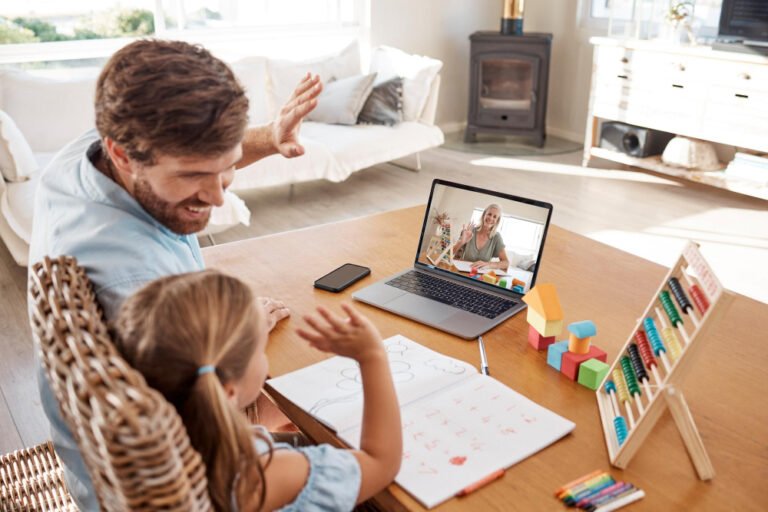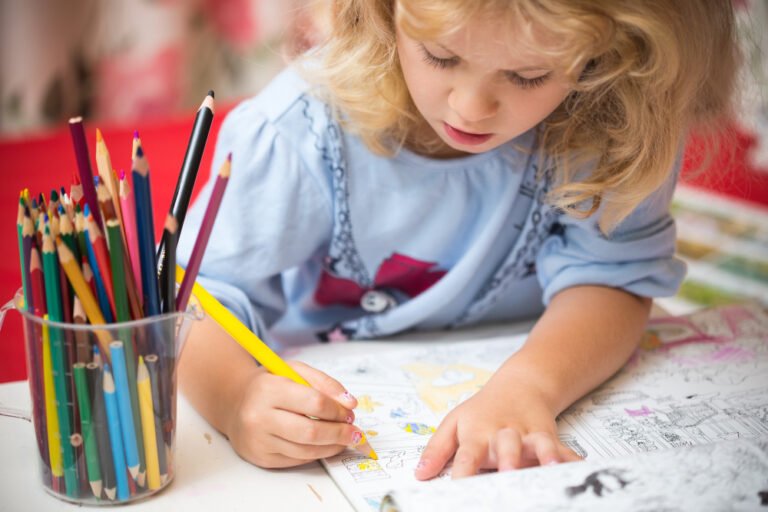When we think of school safety, we often imagine emergency drills, locked doors, and security guards. But a safe school environment goes far beyond that — and many of its most critical signs are quietly overlooked by even the most caring parents.
As a parent, your child’s well-being is your top priority. And while teachers and staff play a key role in creating a safe atmosphere, you too have the power to assess if the environment is truly safe — physically, emotionally, and structurally.
1. Air Quality and Ventilation
A safe classroom starts with clean air. If your child comes home sneezing, complaining of headaches, or feeling fatigued, this could be a sign of poor ventilation or hidden mold buildup — often found in old carpets, ceiling tiles, or near HVAC systems.
- Ask if the school uses HEPA filters or has air quality testing in place.
- Look for musty smells or condensation on windows — common signs of excess humidity or mold.
👉 Parents can take action by purchasing an at-home air quality monitor to compare classroom and home air conditions. This empowers your conversations with the school and protects your child’s lungs in the long term.
2. Playground and Outdoor Safety
A secure school also includes safe play. Check the school’s playground area for loose bolts, broken surfaces, or improper fencing.
- Uneven pavement and rusty playground equipment are red flags.
- Schools should inspect outdoor areas regularly — not just at the start of the year.
If your child gets frequent scrapes, bruises, or talks about “scary” outdoor spaces, bring this up with school staff. Safe outdoor environments help kids feel confident and free during playtime.
3. Bathroom Cleanliness and Privacy
Children may not always tell you, but many school bathrooms fall short of basic hygiene.
- Broken doors or locks, missing soap dispensers, and foul smells are more than annoyances — they contribute to infections and embarrassment.
- Regular inspection of restrooms is a key component of safe school facility maintenance.
Ask your school how often the bathrooms are cleaned, and if there’s a protocol for students to report issues. A clean restroom shows that the school respects student dignity.
💡 Want to explore how school cleanliness impacts your child’s health too?
👉 Read: How Clean Is Your Child’s School? – Discover overlooked signs of hygiene risks and what to do about them.
4. Clutter and Emergency Access
Hallways, classrooms, and stairwells should be free from clutter and arranged to allow quick evacuation in case of emergencies.
- Stacked furniture, exposed wiring, and blocked fire exits pose serious risks.
- In case of fire, every second matters — and blocked paths can cost lives.
Many accidents happen not due to major incidents, but because of poorly maintained walkways. Clean, well-marked exits and storage areas are part of what makes a school truly safe.
5. Visible Leadership and Maintenance Habits
Schools that care about safety have visible routines: janitors cleaning regularly, maintenance logs on display, and communication with parents about repairs.
- Does your school inform families when issues are fixed?
- Are teachers empowered to report facility concerns?
This transparency builds trust and shows that the school values prevention over reaction.
Taking Action: What Can Parents Do?
Even if you’re not part of the school board, your voice matters. Here’s what you can do:
- Observe – Notice smells, stains, clutter, and broken items during school visits.
- Ask – Politely ask staff about air filters, cleaning schedules, or playground checks.
- Report – If something feels unsafe, say so. Put it in writing if needed.
- Engage – Join the PTA, volunteer for clean-up days, or donate supplies.
- Empower Your Child – Encourage them to speak up about issues they see.
Children often notice more than we think — and giving them a voice builds confidence and safety awareness.
How a Safe School Environment Builds Better Learners
Safety and cleanliness directly influence learning outcomes. Research shows that students in well-maintained schools perform better academically, report less anxiety, and have fewer absences due to illness.
Clean spaces reduce distractions, prevent asthma attacks, and improve emotional well-being. It’s not just about looks — it’s about setting the stage for thriving minds.
🛍️ Want to reinforce these safety habits at home?
Building a safe school environment starts with daily habits. Equip your child with smart tools that protect, educate, and build awareness — even beyond the classroom:
📚 Educational Books about Germs, Cleanliness, and Safety (Amazon)
- Germs Are Not for Sharing (Ages 3–7)
This colorful, child-friendly book teaches kids why and how to avoid spreading germs. A must-have for every backpack or bedtime shelf. - Why Do I Wash My Hands? (Lift-the-Flap Book)
Engaging questions and flaps make hygiene fun and memorable — ideal for preschoolers and early readers. - The Bacteria Book: Gross Germs, Vile Viruses, and Funky Fungi
For curious minds aged 6–12, this book introduces microorganisms with humor and amazing visuals. Great for science lovers!
🧴 Hygiene Must-Haves for Their Backpack (Amazon)
- Child-Friendly Clip-On Hand Sanitizer (3-Pack)
Fun characters and gentle formulas encourage regular use — no leaks, easy to carry. - Disposable Wet Wipes – Travel Pack
Fragrance-free, school-approved wipes — a clean hand is just a reach away.
These items not only improve hygiene but also encourage your child to take personal responsibility for their health and safety.
Every Parent is a Partner in School Safety
You don’t need to be an expert to spot when something’s off. Trust your instincts. A safe school environment is a shared responsibility — and your input could be the spark that inspires lasting change.
If you found this helpful, don’t forget to:
🧠 Subscribe to our newsletter and receive more checklists, safety tips, and product reviews made for caring parents like you.
📧 Have questions? Email us at connect@jessicanevespereira.com. We’re here to support families who care.
Let’s raise the standard. Together.






